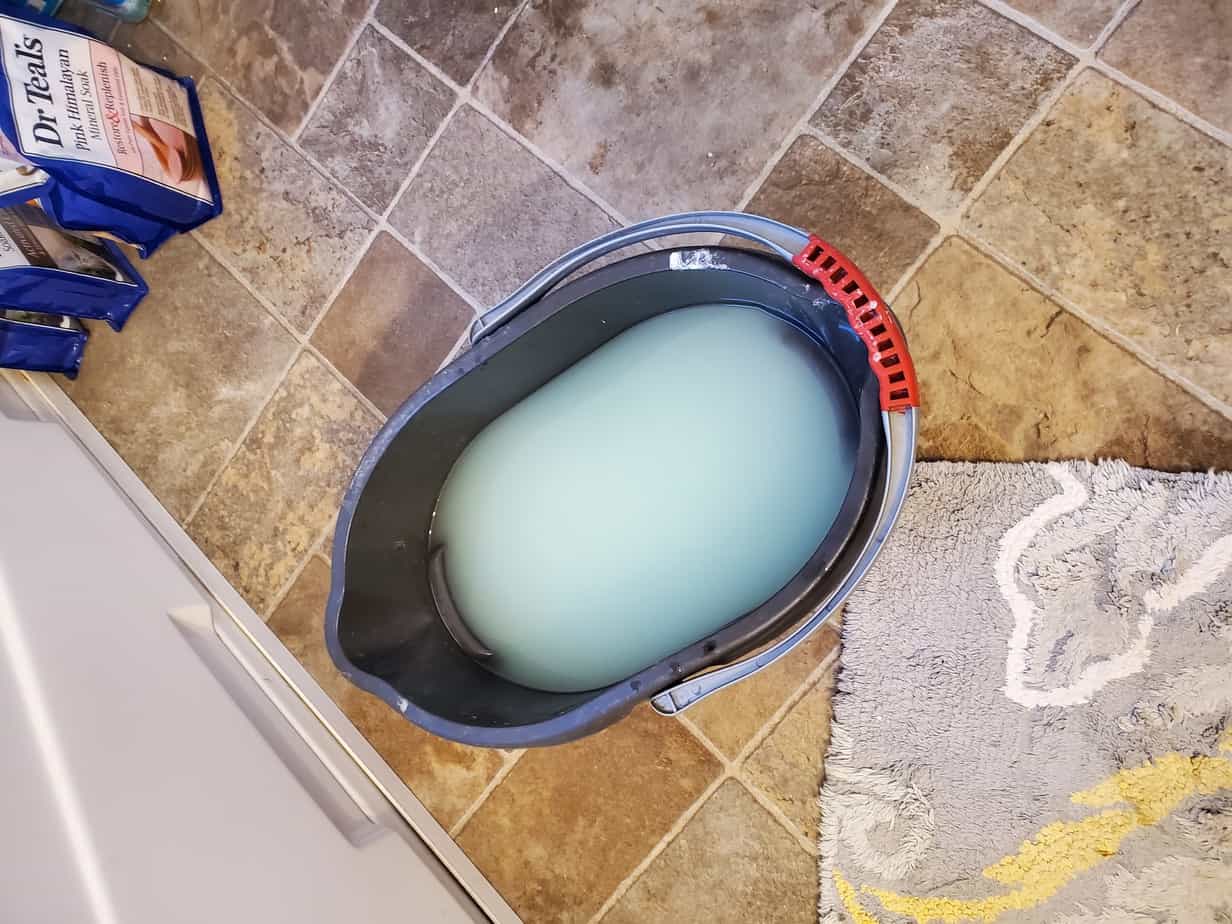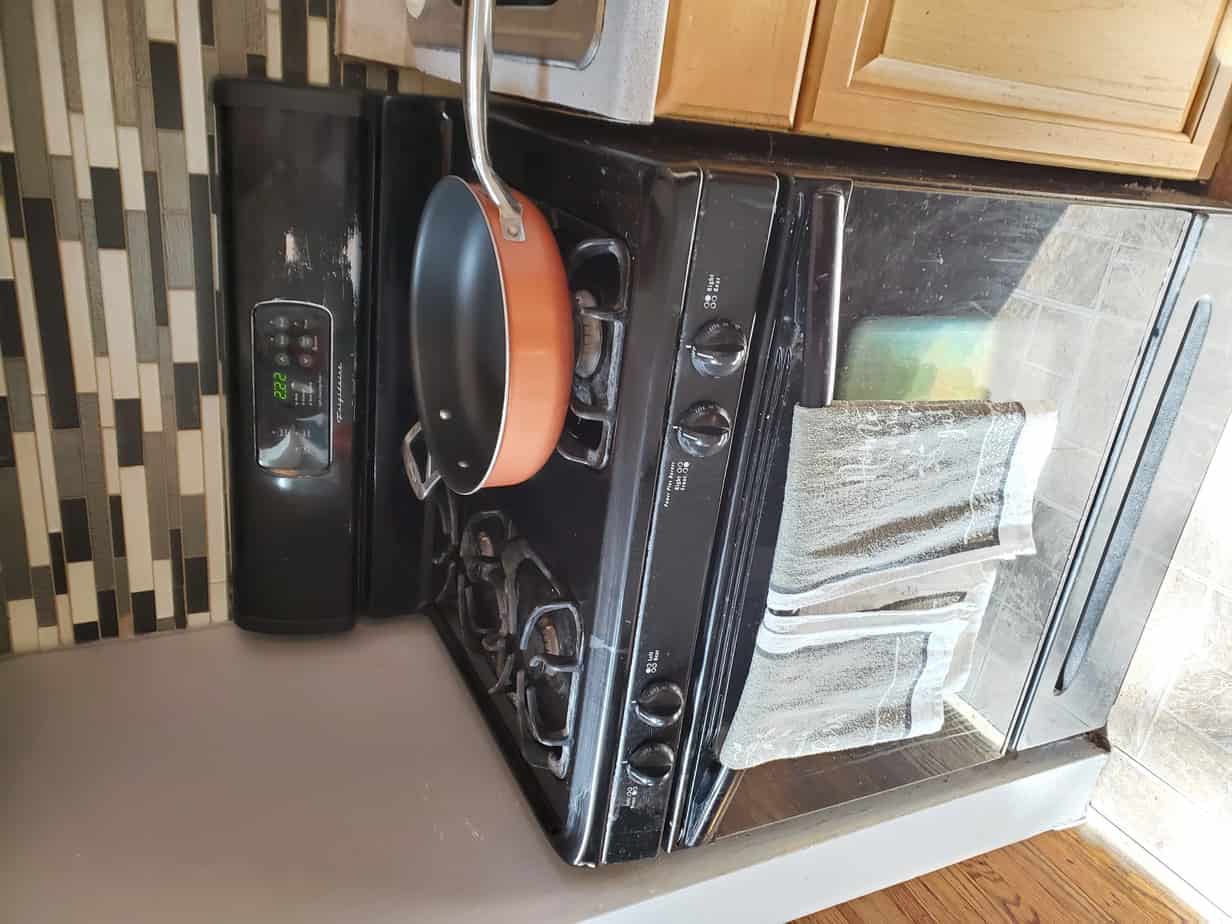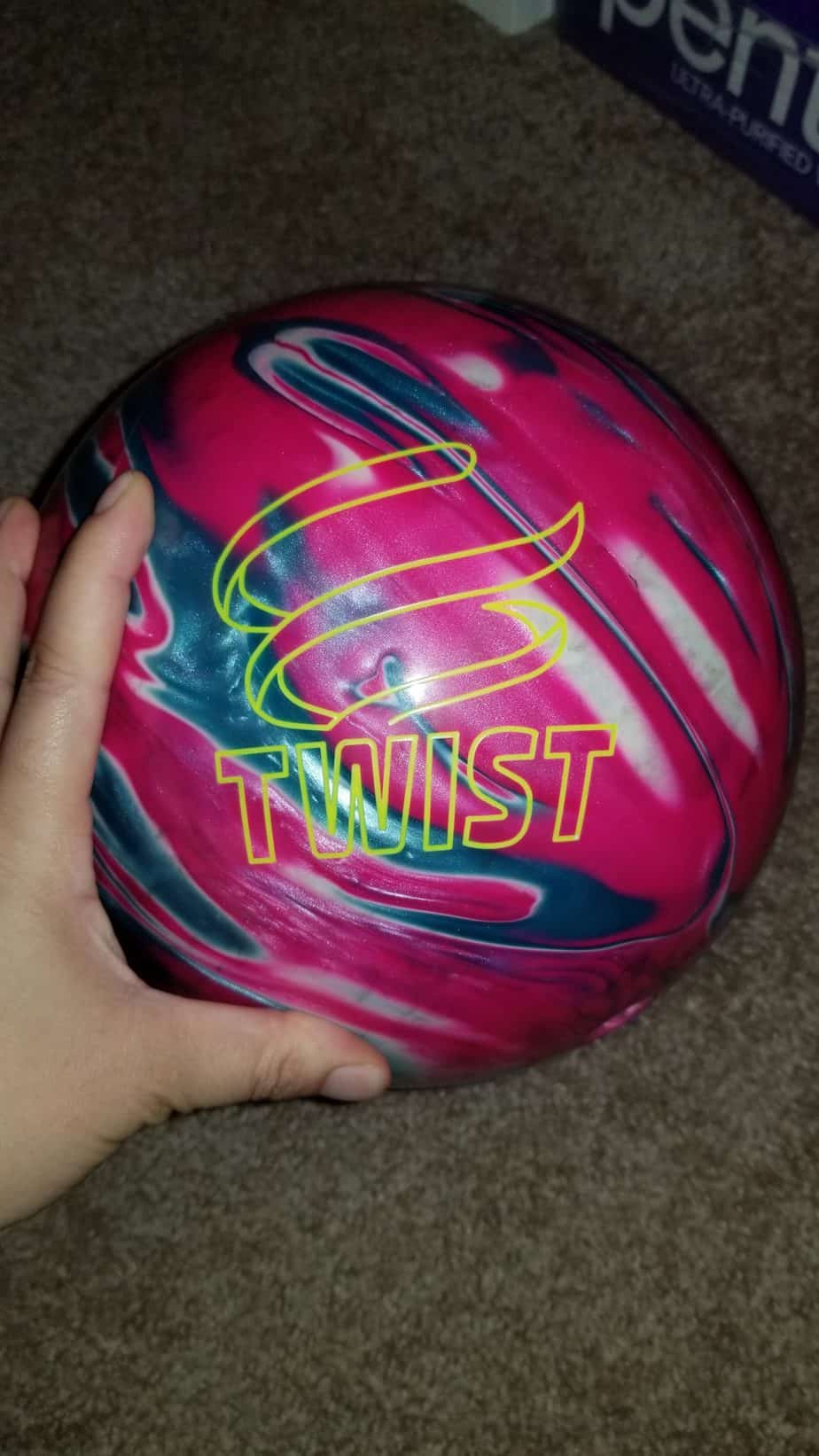It’s normal for your bowling ball to absorb oil and dirt from the lane when you bowl. Usually, you will notice an oil ring around your bowling ball. I hate this because my hands always get dirty. Failing to get rid of it could result in the oil eventually absorbing into the cover stock of your bowling ball.
Then your bowling ball will have a harder time gripping the lane and you’ll get frustrated. You should definitely not wait too long to get the oil out of your bowling ball to avoid any damage.
There are many ways to clean your bowling ball and keep its maximum efficiency for a long time making the most of your money. First of all, wash the ball by ensuring the holes are sealed to prevent water penetration. While cleaning warm water mixed with some detergent will be better to condense grease.
You will then throw the wash water and fill up the container with cold water, then use a rinsed cloth to clean the ball, leaving it to air dry. It doesn’t stop here. Make it a point to inquire from an expert who works from a local bowling shop to help you choose a suitable bowling stand for effective drying of the ball. Having said that, I am sure you want to know how to remove oil from bowling ball.
1st Method: High-speed ball spinner
To start with, using high-speed ball spinners and screening pads with varied grit is the way to go as both will thoroughly prepare the exterior to the preferred texture feel. Through the generation of heat in the friction process, the spinner revolves and opens the ball’s pores. Using low gravel pads unbolts the pores and clears the saturated grease within the cover stock easily than using high grit pads.
As the pores become exposed, apply some cleaning detergents to trap any accumulating dirt and oil from the coverstock. Before you do the last surface preparations. Certainly, use a smooth cloth to clean the ball surface that has been initially cleaned. After the bowling ball oil has been removed, select a suitable surface grounding to rhyme with assumed lane conditions for use.
2nd Method: Dawn dish soap and hot water

You can remove bowling ball oil by using the dawn and hot water technique. Here are the steps to follow:
- Cover the holes using small pieces of pipe tape.
- Fill a bucket with hot water less than 120 degrees.
- Gently put your bowling ball in the warm water bucket and ensure its fully immersed
- Add 3 spoonful’s of dish detergent (dawn) and blend it with water
- Rub the dish detergent around the bowling ball with your hands.
- Leave the ball immersed for at least 3 to 4 minutes.
- Wipe down the bowling ball using a towel.
- Remove the ball, and rinse it beneath the faucet with hot water from the tap.
- Place hot water in a separate bucket along with the ball for the second time. In the case of a soapy film, it implies there is more soap leftovers, so you need to clean continuously in hot water until the soapy film disappears completely.
- The coverstock is usually porous and is likely to absorb water. The best you can do is, therefore, leave it for a few days to dry completely.
3rd Method: Alcohol
The third way on how to remove oil from bowling ball is by cleaning with the use of alcohol as a way of removing oil. Here is a systematic process for you to clean the ball by rubbing alcohol:
- Get a bucket of water and mix with rubbing alcohol. The ideal ratio of water to rubbing alcohol has to be 4:2.
- Dip a towel in the solution and squeeze the towel.
- Clean the ball with a towel.
- Allow it to stay in a safe place.
This is just one of many cheap and easy ways to remove oil from your bowling ball at home. Perfect for DIYers.
Can you put a bowling ball in the oven?
If the ball has a greasy feel and appears less tacky even amid constant cleaning routines, then it is the right time to “bake” the ball to remove oil from the shell. Various ways such as hot water, use of chemicals, or ultrasonic to get rid of oil, are all ways that constitute “baking” the ball.
There are instances where the surface engrosses oil to an extent that even cleaning makes no impact. In fact, the volatile resin which acts as coverstocks absorbs oil with time. In this case, you need to wipe it using a micro-fiber towel to reduce the absorption rate.
Heating the ball facilitates the opening of pores to release oil. Though, you need to be cautious enough not to overheat it to avoid cracks that can lead to damage to the resin surface. While heating, let it be gentle as a quick increase of temperatures beyond ~170°F leads to damage. Using the oven is another option for baking. However, it is not the best option since it is dangerous. In the cases where you are really persuaded, then consider the following procedures:
- Place the first wire rack away from the heating section while still securing enough space for the ball.
- Fix the second rack below the first one and place a cookie piece on the rack to prevent direct heat from the main heat element.
- Place two turned-up micro-fiber towels on adjacent sides vertical to the wire rack to generate a bed-like structure for the ball to lie on.
- Put the ball on the towels and switch the oven to the lowest setting.
- Rotate the ball after every two minutes and wipe with paper towels. When you open the oven from time to time, it helps moderate the danger of high temperatures.
- Keep rotating and rubbing the ball until there is no more oil from it.
- Clean the ball and put it back in the oven ensuring there isn’t much heat left even as your turn it off. Leave the ball within the oven to gradually cool off for an hour or more.
- Get the ball out of the oven and clean it the normal way.
Safe oven temperature for bowling balls

Given that bowling balls’ manufacturers are varied, it is wise to seek advice from the specific manufacturer of your ball before using this method. Though it is safer to keep the temperatures to a minimum of 125 degrees for at least an hour. You may as well regulate the temperatures from time to time to reduce the risk of damages.
How to soak a bowling ball in hot water
The manufacturers have mixed reactions concerning this issue. It is only safe if you first confirm from them whether it is safe to soak their stuff in hot water. However, the procedure I used is pretty easy. First, you need to lower the surface to 360 or 500 grit before soaking. This is an effective way of opening the pores for the oil to escape in hot and soapy water.
When the surface grit is down, seal the bucket with hot tap water and add some little Dawn soap, to obtain a good sudsy mix. Remember before soaking, get rid of any tape from the thumb hole or any kind of hole. When a tape is left in the hole it is likely to melt leaving a sticky deposit that is hard to remove. Place the ball into the bucket with hot soapy water and leave it for 20 minutes. The ball should be fully submerged in water and soapsuds.
After soaking for that duration, remove the bowling ball and rinse to clear the soap residues from the holes; though you can scrub the surface a bit before you discard the soapy water. Finally, dry the ball totally with a dry rag to dab up any moisture traces then lay the ball on a ball spinner to get the surface sketch to your desired location.
How often should you remove oil from a bowling ball
Generally, ensure you clean bowling ball after every six games. When the cleaning is done effectively, the lifespan of the ball is enhanced. The manufacturers claim that your ball is likely to encounter some damages after using it for approximately seventy-five games. This implies you have to reemerge the ball to remove the oil. After resurfacing, the ball normally recovers its previous reaction to the lane.
Wrapping up
Further going, I advise that you personally take the initiative to safeguard your ball and treat it as a personal asset. Sharing your ball can lead to more risks after all the finger holes and the weight of individual bowlers vary. Therefore ensure your bowling equipment is clean and safe. As it equally prevents chances of accidents for other bowlers too.

